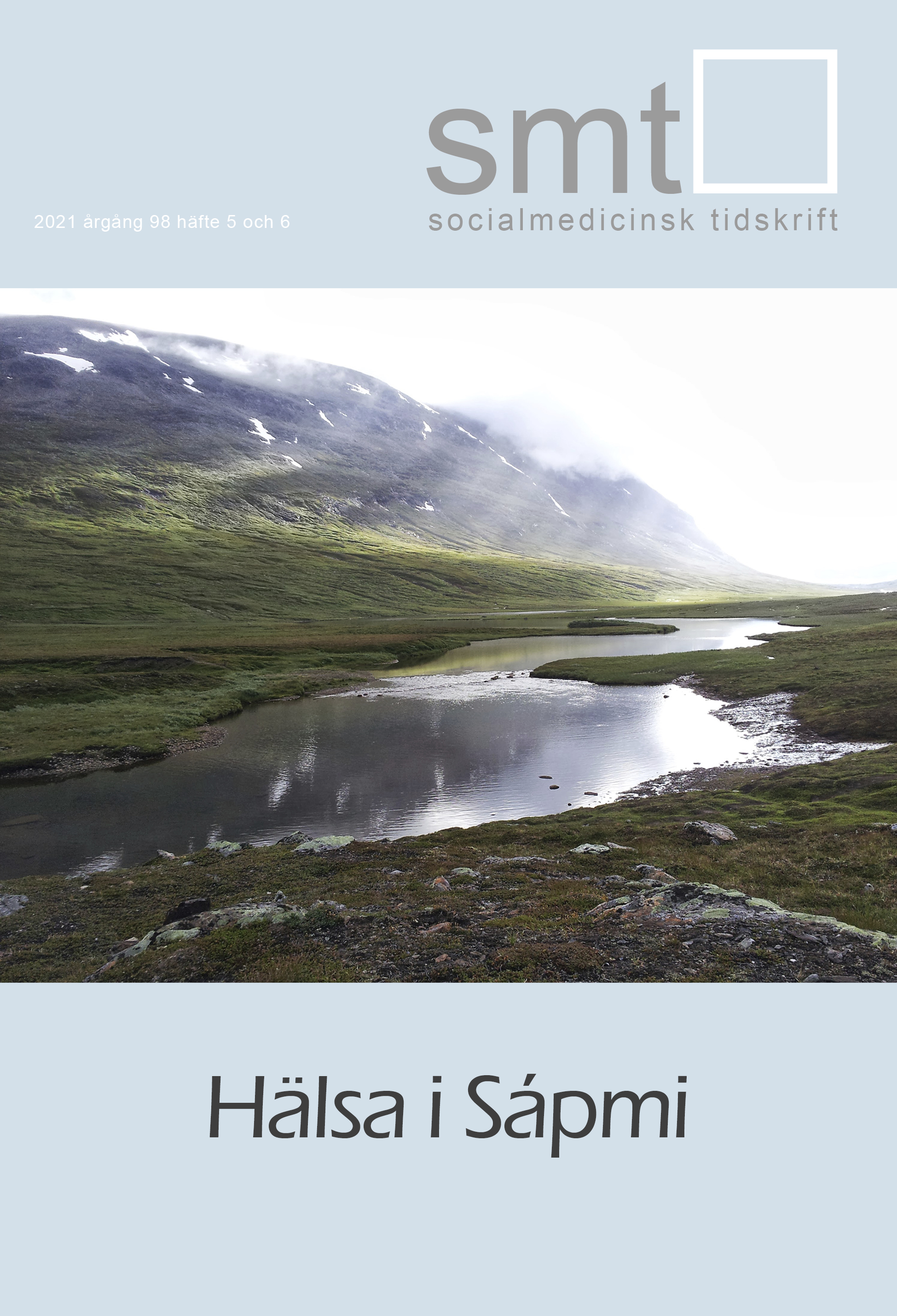Abstract
Etikprövningslagen (Lag 2003:460) är huvudsakligen lätt att tolka, men ett kriterium innefattar en oklarhet som kan skapa tolkningsproblem och leda till att forskningsprojekt granskas i onödan. Syftet med denna artikel är att diskutera detta kriterium för att se hur det kan, eller borde kunna, tolkas.
Kriteriet gäller forskning som ”utförs enligt en metod som syftar till att påverka forskningspersonen fysiskt eller psykiskt” eller ”som innebär en uppenbar risk att skada forskningspersonen” och innehåller således två krav. Frågan är om inte det första kravet är alltför inklusivt, eftersom det även gäller metoder där det inte finns någon risk för skada.
Artikeln presenterar några viktiga distinktioner och tolkningsalternativ, och exempel ges på forskning som verkar omfattas av lagen trots att den knappast borde kräva etikprövning. Författarna avslutar med några tentativa förslag till lösning på problemet.
The Swedish Act concerning the Ethical Review of Research Involving Humans (Lag 2003:460) is relatively easy to understand. However, one criterion is unclear, creating an interpretative problem, which might lead to unnecessary reviewing of research projects. The aim of this paper is to discuss this criterion to see how it could, or should, be interpreted.
The criterion concerns research that “is conducted according to a method that aims to influence a research participant physically or mentally” or “that might entail an obvious risk of harm for the participant,” and, thus, includes two conditions. The question is whether the first condition is not too inclusive, since it also covers the use of methods where there is no risk of harm.
The article presents some crucial distinctions and alternative interpretations, and gives examples showing that the law seems to cover research that is not in need of ethical reviewing. The authors conclude with some tentative suggestions for solving this problem.

Detta verk är licensierat under en Creative Commons Erkännande-IckeKommersiell 3.0 Internationell licens.
Copyright (c) 2021 Per-Anders Tengland, Göran Hermerén
